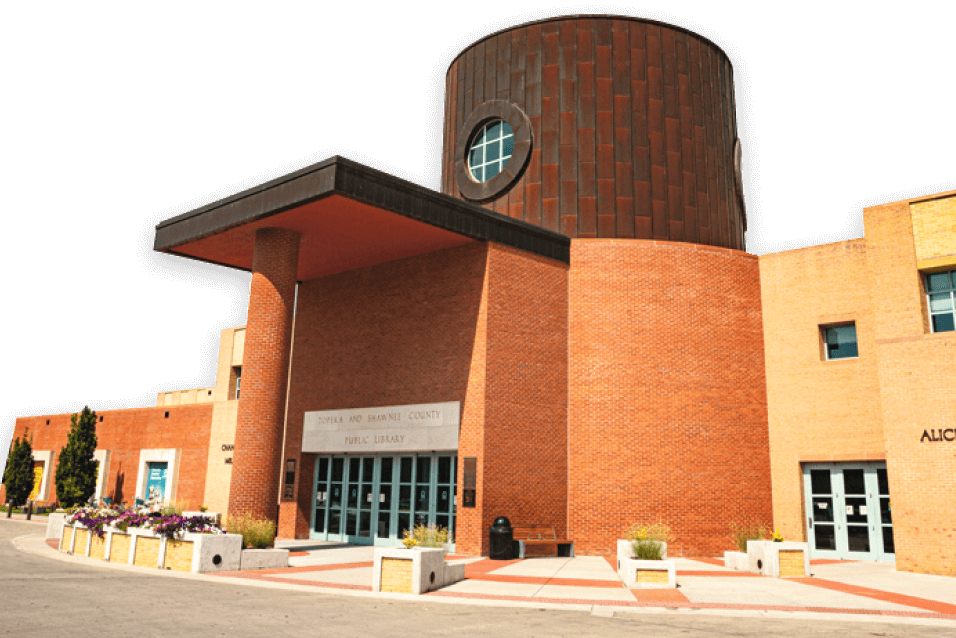Take a Trip to Ireland!
It is Saint Patrick's Day! As such, it bring to mind many things including clovers, the color green, and, of course, Ireland! In honor of Saint Patrick's Day, we're going to take an armchair trip to Ireland.
The Palace of the Boyne
 The Bru na Boinne, also known as the Boyne Palace or the Palace of the Boyne, is a complex of Megalithic sites. As such, it is the largest and considered to be one of the most important in all of Europe. The site contains chamber tombs, Neolithic mounds, henges, and other historic enclosures, with some dating as early as the 35th Century BC. It also contains Newgrange, which is a prehistoric monument, built around 3,200 BC. This makes it older than both Stonehenge and the Egyptian pyramids. The Palace of the Boyne is designated as a World Heritage Site.
The Bru na Boinne, also known as the Boyne Palace or the Palace of the Boyne, is a complex of Megalithic sites. As such, it is the largest and considered to be one of the most important in all of Europe. The site contains chamber tombs, Neolithic mounds, henges, and other historic enclosures, with some dating as early as the 35th Century BC. It also contains Newgrange, which is a prehistoric monument, built around 3,200 BC. This makes it older than both Stonehenge and the Egyptian pyramids. The Palace of the Boyne is designated as a World Heritage Site.
The Cliffs of Moher
 The Cliffs of Moher are located above the Atlantic Ocean at heights ranging from almost 400 feet to over 700 feet. At one time, a fort named Moher stood on Hag's Head, the southernmost point of the cliffs, which is where the Cliffs' name comes from. Although the fort was demolished in 1808, a new tower was constructed near the site as a lookout tower during the Napoleonic wars. The cliffs are considered to be one of the top tourist attractions in Ireland and attract over one million visitors every year.
The Cliffs of Moher are located above the Atlantic Ocean at heights ranging from almost 400 feet to over 700 feet. At one time, a fort named Moher stood on Hag's Head, the southernmost point of the cliffs, which is where the Cliffs' name comes from. Although the fort was demolished in 1808, a new tower was constructed near the site as a lookout tower during the Napoleonic wars. The cliffs are considered to be one of the top tourist attractions in Ireland and attract over one million visitors every year.
The Blarney Stone
 Perhaps one of the most famous tourist attractions in all of Ireland, the Blarney Stone is a limestone block that is built as part of the battlements for Blarney Castle. It was set in place in 1446. According to popular legend, anyone who kisses the stone is given the gift of gab or great ability to speak with eloquence. Tourists come from all over the world to have the opportunity to kiss the famed stone.
Perhaps one of the most famous tourist attractions in all of Ireland, the Blarney Stone is a limestone block that is built as part of the battlements for Blarney Castle. It was set in place in 1446. According to popular legend, anyone who kisses the stone is given the gift of gab or great ability to speak with eloquence. Tourists come from all over the world to have the opportunity to kiss the famed stone.
To learn more about Ireland, take a trip to the Travel Neighborhood or browse the collections on Ireland using your library's catalog.
Where do you think people need to see in Ireland?
photo creditphoto creditphoto creditphoto credit












